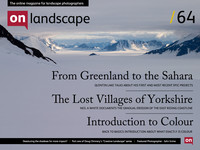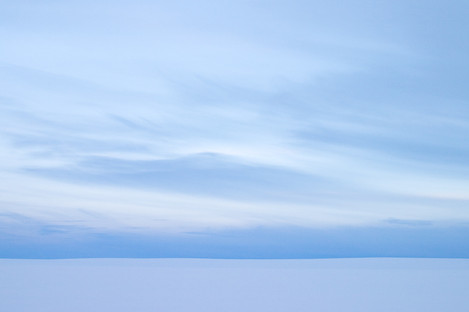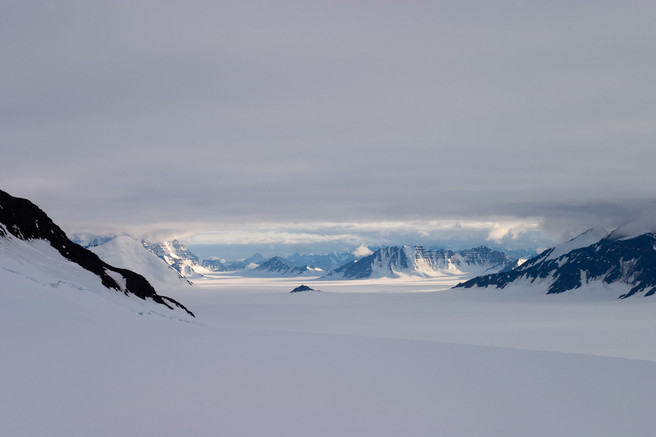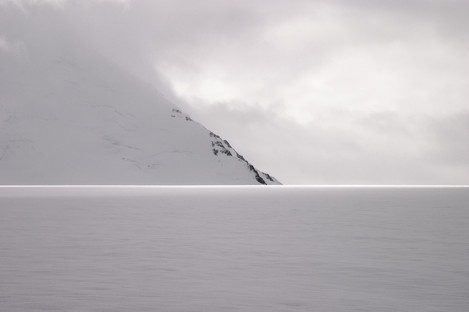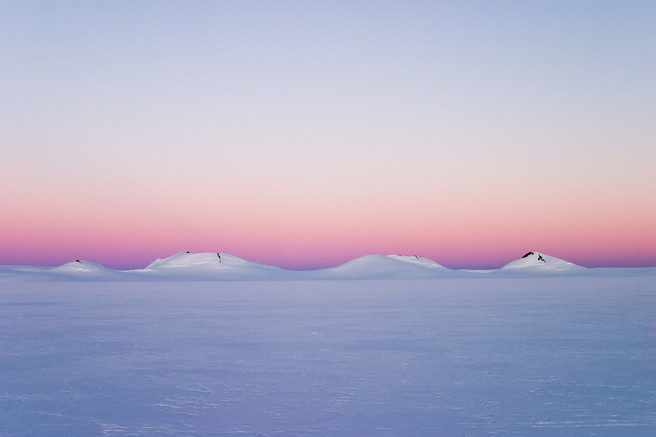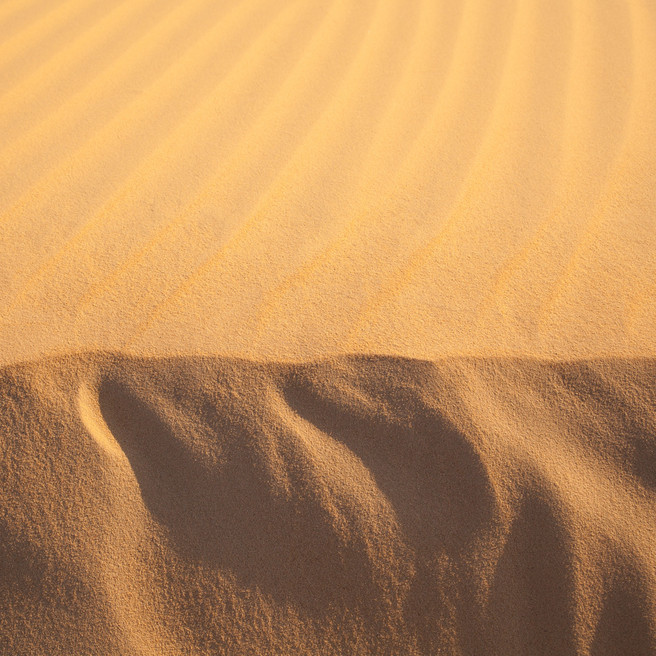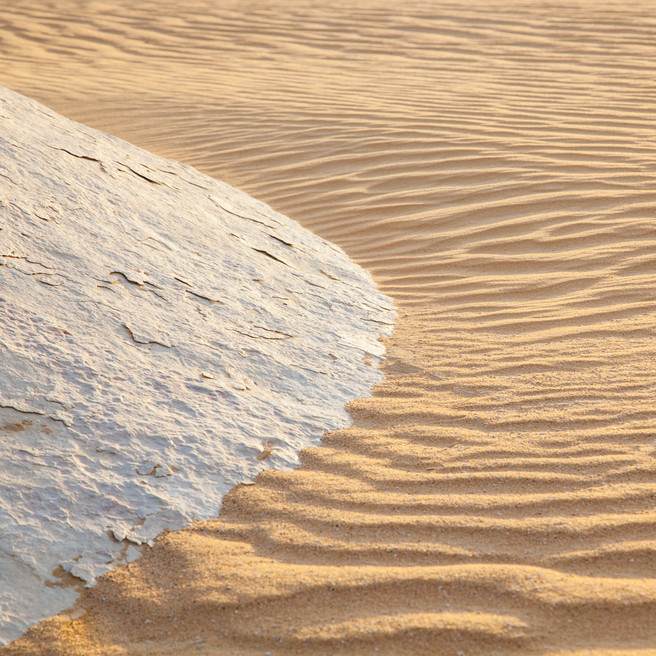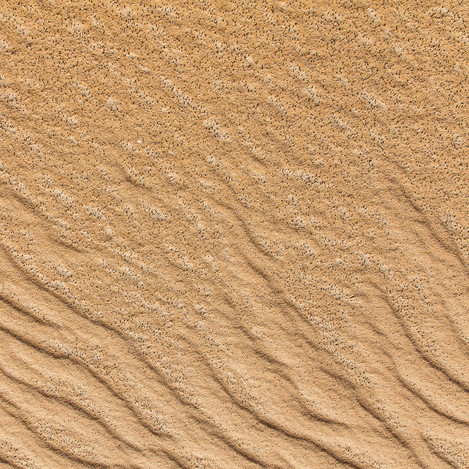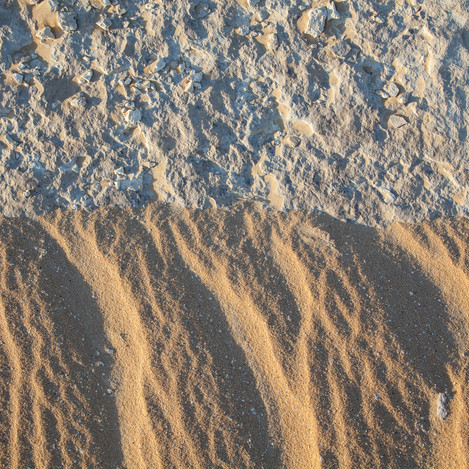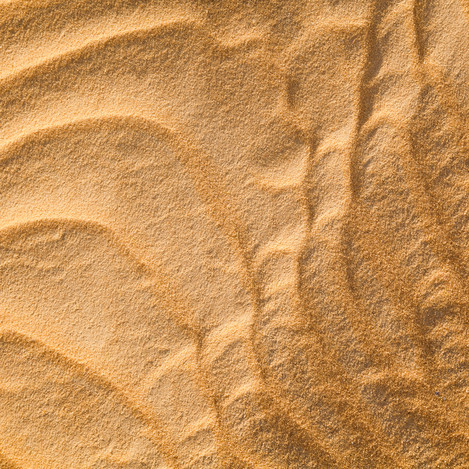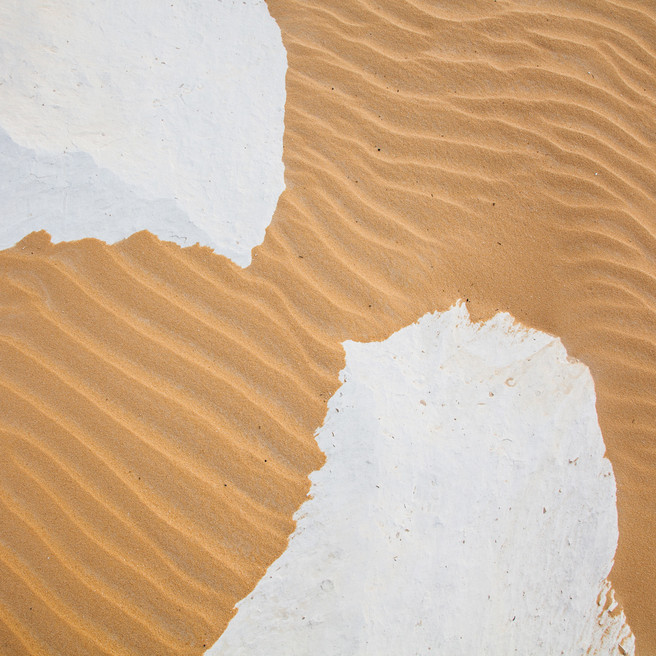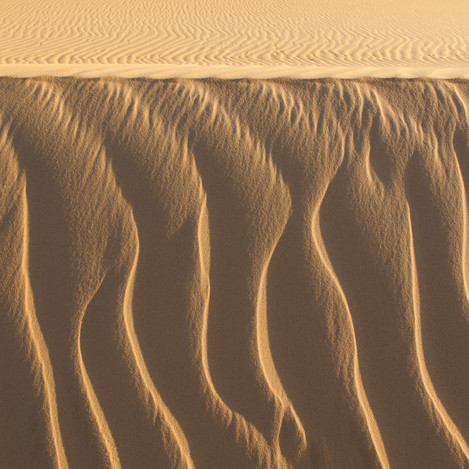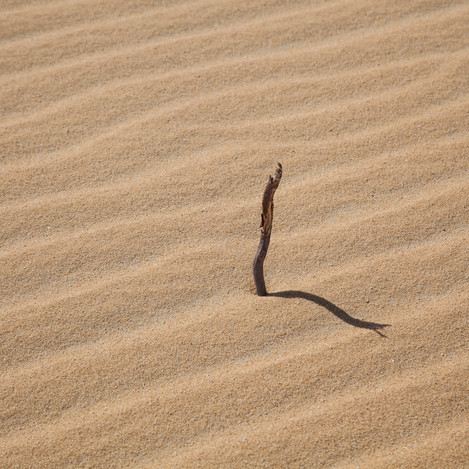Quintin Lake

Tim Parkin
Amateur Photographer who plays with big cameras and film when in between digital photographs.

Quintin Lake
British Architectural and Landscape Photographer, I originally trained as an architect and my interest in geometry informs all my photographic work.
I've had Quintin's website bookmarked for some time and have been inspired by his approach to a wide range of photographic subjects and also his non-landscape work in architecture and documentary. We'll be talking to Quintin again in a couple of issues time about the project that originally motivated me to get in touch but to set the scene we thought it would be good to cover one of Quintin's earliest and latest projects; a trip to Greenland and Egypt respectively.
Before you took on the Greenland project you worked as a commercial photographer. Can you tell us how you ended up in photography and what the commercial work primarily was and how it came about?
When I was a child I wanted to be an artist but decided on what I thought was a slightly more sensible choice and studied architecture for seven years and worked briefly as an architect. All through my studies, I used the camera as a sketchbook for design ideas. In time the images I took became more important as an end in themselves, this soon became a passion for photography that eclipsed my original interest in architecture. At around the same time, I started taking photos for a firm I was working for – which lead, gradually over a period of years to a full time commercial architectural photography business. Part of the plan for this new life was that I self-funded a few months every year to pursue fine art photography projects – most of which are based on Landscape.
I understand that the Greenland project had been simmering in the background for some time – can you explain how the idea came about and what was involved in turning it from an idea into reality?
I'd been to Spitsbergen in the arctic when I was 18 on a youth development expedition (BSES) and fell in love with the open expanses and the special qualities of light and ice. To safely undertake such a pronged journey in the arctic without a guide you need skills in skiing, crevasses rescue, mountaineering, navigation and camp craft which took a number of year to acquire. A friend of mine from the BSES expedition and I got a team together of two others and – when there was a cancellation on the twin otter flight from Iceland (the main expense of such a journey), we jumped on the opportunity to get to Greenland cheaply. We then had a rush to get a months worth of dehydrated food and fuel and equipment prepared and shipped out. We pulled pulls (sledges ) which held 80KG of equipment in order to be self sufficient, mostly made up of food and fuel. From coming up with the idea to mount our own arctic expedition to making it happen had taken over 10 years.
The trip was a massive undertaking in terms of logistics but as an artistic challenge how did you approach it and how did it change when you actually got there?
I really wanted to capture the vast emptiness and the subtly of the light. I hadn't seen any photos that captured how I felt about the arctic – somehow the arctic images I'd seen where too heroic or looked like someone had landed on a plane taken some shots for a few hours rather than lived with that stillness for a number of days.
When I got there most of my energy was spent on surviving and staying safe rather than fine artistic ideals! But i soon realised the bright weather and blue skies in the daytime was not an interested photographic subject compared to the strange light effects of the midnight sun and the prolonged dusk and 2am where the sky would be lit in pastel pinks, purples and blues. So I "switched on" as a photographer during these times and during bad weather when the storm clouds swirled above us.
You didn't take any particularly cutting edge photography gear with you. What was the thinking behind that?
This is true for Greenland but in the Sahara I was well equipped. It was simply a pragmatic choice: it was early in my photo career and I simply couldn't risk my primary money making camera getting broken or damaged while I was in the arctic. It's a wonderful luxury now to be able to take better lenses and a spare body on such a trip. But it also taught me another lesson: that a 6 megapixel camera with poor dynamic range and kit lens can produce gallery size prints that sell if the image and subject are good enough. With the enormous technical development of the camera since then, this knowledge helps temper my gear lust for the latest and greatest "must-have" product.
It must have been physically very challenging, did that have an effect on your creativity?
It was. Most of the time my energy was spent on surviving, keeping warm, melting snow and pulling the sledge. As you can imagine this meant I had to be quite selective as to when I allowed myself to be creative. When I was I had to be extra focused which in the end helped the process as I wasn't stopping in marginal situations that I may have taken shots had the conditions been more benign. The other effect it has was that a larger than normal amount of creative decisions were made in the digital darkroom. For this project all the "aha I have something here" were in the digital darkroom whereas normally I know if I've got a good shot or concept in the field.
You didn’t make a huge deal about the trip once you returned but I believe a colleague convinced you to edit it again and submit it to a competition.
Yes, I'd felt very humbled by the experience. We'd climbed 16 previously unclimbed peaks, but we'd also nearly perished near the top of one where we're forced to overnight at -30. When I got home I wasn't interested in a "look at me and what I've done" kind of photo project which was how most such expeditions were presented. Therefore I didn't know how to edit the work for myself let alone anyone else.
After a few years, I posted some of the more abstract landscape images online and a photographer colleague said he'd never seen arctic images like these and I should enter them in TPOTY - which I duly did!
Did the success in the competition change your thoughts about the separation of ‘work’ and ‘pleasure’ photography?
Definitely. I'd always wanted to sell large prints of my work but this is the first time it became a reality. But more importantly than the financial aspects it taught me to trust my intuition much more: to think only of the subject interests me deeply and personally rather than considering what an audience may think of it.
And did the success lead to other opportunities?
It was motivation to do another project, and having won a competition has the practical benefit that people are more likely to listen to my ideas for a book or exhibition for example.
If someone wanted to replicate the Greenland trip do you have any advice?
Firstly it's nowhere near as hard as you may imagine it to be if you travel in the summer, most of the time the weather conditions were pleasant. I strongly feel that an expedition that you self organise, packing your own food and learning your own safety skills will be infinitely more life affirming and valuable experience than to be guided to your destination. Plas y Brenin & Glenmore Lodge both have great winter mountaineering courses and would also be a good place to enquire were to learn glacier travels rope work. Tangent Expeditions is who we used for chartering the flights and hiring the emergency equipment and pulls, they also do guided Greenland expeditions for those short of time.
Can you tell us about a few of the highs and lows of the Greenland trip?
The midnight sun and the light conditions surrounding that time of day are ethereal and breathtaking. I found travelling in the arctic to be almost mythological as it's a place that we all know from childhood but few have first hand experience. For me to ski toward the white horizon pulling what I needed to survive for weeks was the fulfilment of a childhood dream. The satisfaction of making oneself comfortable: cooking a meal, melting snow and weathering a storm with the equipment you yourself have carried in arctic conditions is a good feeling,
As for negatives Its tiring and pretty boring to pull a 80KG sledge for any great distance, especially for days on end and having an unplanned bivi on a mountain at -30 where help is 3 days away is not an experience i'd ever like to repeat – fortunately, I tend to forget the bad moments and only remember the feelings when I took my photos: of awe and wonder.
You’ve mentioned that the Sahara project was an attempt to repeat the concept of the Greenland project in some way – How did the idea of the project come about?
I knew I wanted to have a few weeks in a remote desert location in contrast to the arctic but the challenge was to do it in an authentic manner with a good team when I didn't have the knowledge of desert travel. I got in touch with a friend from the RGS Sam McConnell who's undertaken a lot of desert expeditions and it turned out my plans fitted with a recce for guided trips he was planning in Egypt.
Did you have different artistic goals for the project from the first Greenland trip?
I'm much more self aware now in that I can work intuitively in a kind of flow state – but then at the end of the day, I can look at what I've done with much more objectively. I'm much, much harder on myself now when I self-critique!
For the Sahara trip, I knew I wanted to create an abstract landscape series from the outset. I took photojournalistic records of the journey but was aware when I was taking them for different purposes.
Before I set out all I knew was that I wanted to produce a series (or a visual poem) on a particular theme – what that theme was I was happy to let the landscape suggest to me.
I imagine the logistics of working in the Sahara were not as complex as Greenland but what were the main challenges.
Although we were walking in the Saraha we had beduin support to cook and make camp which makes a world of difference and means you can concentrate much harder on the photography. Both sand and extreme cold are hard on cameras but I find sand and dust even harder to manage as I like to change lens a lot. Personally, I find it physically easier to deal with cold than the heat and during the hottest part of the day I'm good for nothing!
Photographically some issues were surprisingly similar with the interesting light being at dawn and dusk and during changes in weather. I found the Sahara has a lot more visual interest than I expected and it's certainly less sparse than the arctic which encourages a different approach.
A trip such as this is a wonderful dream project but it must make some financial sense. How did you plan to turn the trip into a profitable as well as enjoyable venture.
Firstly my trips are very no frills self supported or teaming up with a friend from the Royal Geographical Society which reduces cost, probably by a factor of four compared to signing up to a tourist journey.
Because I'm working commercially for the other 9 months of the year I don't feel the pressure to have any kind of business plan for the journeys.
If I come back with something I think is good work – which I did this time I produce prints that I sell through my email list and website.
Can you tell us about a few of the highs and lows of the Egypt/Sahara trip?
Sleeping under the stars in the Sahara is an incredibly beautiful and timeless experience. Although the landscape is wild there is strong beduin culture which I really enjoyed (especially as a contest to the arctic) such as seeing the beduin praying to Mecca in the sandy expanse as the sunsets. The sensation of walking for miles through this wild, arid, sometimes dramatically changing landscape is an incomparable sense of freedom, it feels rather like it should not be possible. I challenge and photographer not to be excited at the prospect of photographing the endlessly fascinating shades and textures of sand dunes in the bright orange last light of the day.
The lows are trying to pace oneself, as the heat is unrelenting if you try and do too much before you are acclimatised. The beduin will wisely rest for 4 hours in the strongest heat of the day. Bring salt to add to your water!
I don't suppose it's safe at the moment to be able to repeat a trip like the Egypt/Sahara one?
No! The expert on desert travel that I travelled with Sam McConnell in Egypt suggests current (autumn 2013) options as Namibia, Tunisia, Algeria or Jordan, but that advice may be out of date by the time this is published!
Do you have plans for part 3?
In the short terms, my next planned wilderness journey is a high level walk across Wales from south to north across the mountain summits but the real part 3 would be Antarctica if only I could work out how to get there economically!
We'll be returning with a more 'close to home' series of Quintin's work in a months time. If you want to see more of Quintin's work - take a look at www.quintinlake.com.
- Silent Light
- Light & Ice
- Arctic Horizon
- Midnight Mountains

